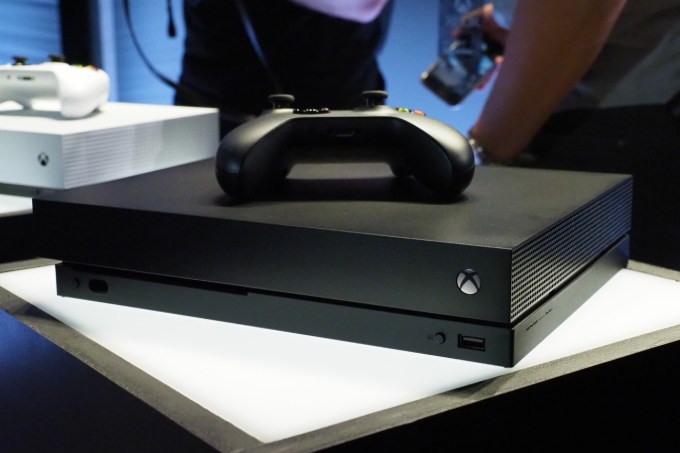

Lifelogging once seemed like an inevitability. Between social media and the increasing ubiquity of cameras, we were all clearly moving toward a sort of constant documentation of our lives’ events. Or at the very least, missing important moments seemed destined to become a thing of the past.
Thing is, lifelogging solutions have either flat out sucked or contained some sort of fatal flaw. Like nearly every tech writer today, I was quick to point out the similarities between Google Clips and the dearly departed Narrative Clip during today’s big Google event in San Francisco.
I’d followed the Narrative device since its infancy, when the company’s cofounders showed me a 3D printed prototype one year at South by Southwest. It was one of those products you really wanted to work, but through two generations, it never really did. That’s because the product operated on the principle that if you shoot enough random photos at regular intervals, you’re bound to capture something good.
It’s a shotgun approach to photography that didn’t offer much in the way of sophistication or nuance. And the result was a hell of a lot of random blurry shots and bunch of products that likely ended up in a lot of desk drawers. The fact of the matter is that idea was compelling, but the tech just wasn’t there.
As Frederic handily points out in a recent post, however, that’s not the case with Clips. There’s a lot of high-technology powering the extremely simple camera. AI and machine learning go a long ways toward helping the product get the shot right a lot more of the time — and due to privacy concerns, most of that heavy lifting occurs on the product itself.
Google is also quick to point out that, in spite of early coverage to the contrary, the company doesn’t consider the Clips a wearable. “It’s very hard to get good content out of a wearable camera,” Google Hardware Product Manager Juston Payne told TechCrunch. “You have to use your body like a tripod and do these weird motions. It’s not really a wearable.”
It’s a fair point. The Narrative was never really able to fade into the background as intended. When you wear a camera on your lapel, you find that you’re always conscious of the thing, ever adjusting it and attempting to lean into potential photo experiences. Instead Clips is intended to be set aside on a shelf or somewhere static, so it can do its thing as events unfold.
As for its potential success, there are some pretty big potential roadblocks here. Cost is a big one. $249 is a lot to ask people to pay for a thing they probably haven’t seen a potential need for. If Google could drop the price to, say, $99, it would be a far more compelling proposition.
The even bigger hurdle is how well the thing actually works in the real world. Google can talk about its amazing technology all day, but if the Clips doesn’t actually manage to capture those magical moments perfectly, it’s going back in the gadget drawer with all of the ghosts of lifelogging past.
Read more: https://techcrunch.com/2017/10/04/can-googles-ai-powered-clips-make-people-care-about-lifelogging/
The post <a href="https://techcrunch.com/events/google-hardware-event-2017/">
Google Hardware Event2017</a> appeared first on ArticlePoint.
from
http://www.articlepoint.info/google-hardware-event2017/




No comments:
Post a Comment